The Best Art Blakey Albums
Art Blakey, a luminary in the world of jazz, left an indelible mark on the genre through his dynamic drumming and influential leadership. From his early days as a pianist to becoming the powerhouse drummer in big bands, Blakey's journey was one of evolution and innovation. This blog delves into the best albums that showcase his brilliance, drawing insights from an article and Wikipedia.
- A Night at Birdland (Vols. 1–2) (1954)

Art Blakey's Jazz Messengers had its roots in big bands, and "A Night at Birdland" marks a significant early chapter. Recorded at the iconic Birdland in Manhattan, these albums feature Clifford Brown and Lou Donaldson. Not only are they historically significant as the first recordings at the club for release, but they also capture the essence of live jazz with excerpts from the club's announcer, Pee Wee Marquette.
- Art Blakey’s Jazz Messengers with Thelonious Monk (1957)

If you are interested in learning music check out our Music Lessons in Tempe.
Teaming up with Thelonious Monk, this album showcases Blakey's ability to adapt to different styles. Having accompanied Monk since the late '40s, their collaboration presents Monk's compositions with tenor saxophonist Johnny Griffin. This rare instance of Monk as a sideman highlights a period when both artists were on the brink of making monumental contributions to the world of music.
- Somethin’ Else (1958)
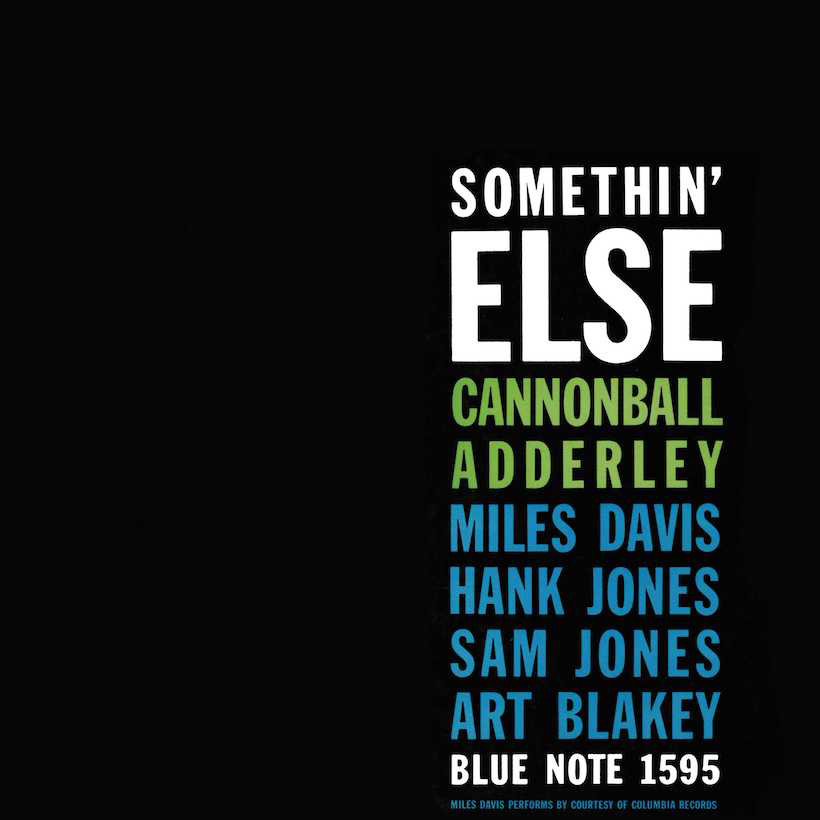
Contributing to Cannonball Adderley's album, "Somethin’ Else," Blakey, along with Miles Davis, creates a masterpiece. The influence of Davis's cool-school aesthetic is evident, leading to refined ensemble playing and reflective moods. Blakey's drumming, though more discreet, adds dramatic flair, particularly in the standout track "Autumn Leaves"
- Moanin’ (1959)
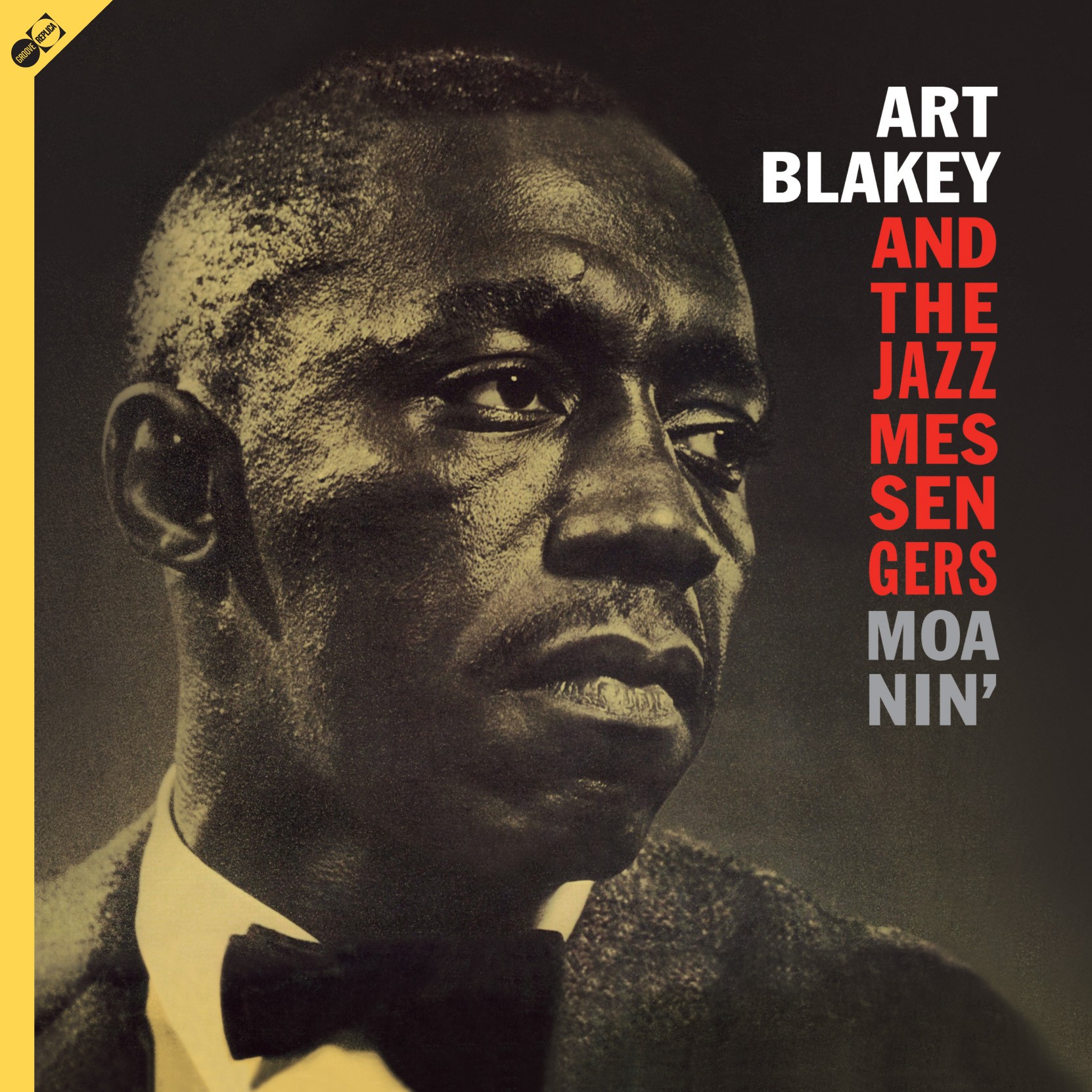
"Moanin’" is a quintessential hard bop album, showcasing Blakey and the Jazz Messengers at their best. Pianist Bobby Timmons' title track encapsulates the blues and gospel characteristics of hard bop. The album reflects Blakey's encouragement for band members to contribute their compositions, with Benny Golson's "The Drum Thunder Suite" standing out as a testament to Blakey's drumming prowess.
- Soul Station (1960)

Collaborating with former Messenger Hank Mobley, "Soul Station" marks a return for Mobley after a hiatus. Blakey's drumming is tasteful yet intense, complementing Mobley's leadership. The album, with its refined playing and standout moments in Blakey's drum solos, signifies a successful collaboration between two jazz giants.
- Ugetsu (1963)
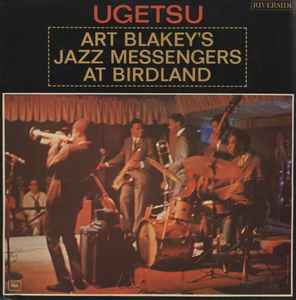
Recorded at Birdland, "Ugetsu" captures an exciting lineup of The Jazz Messengers with Curtis Fuller, Freddie Hubbard, and Wayne Shorter. Although Blakey doesn't take a solo, his commanding presence is felt through muscular fills and accompanying punctuations. The album exemplifies the band's synergy and showcases Blakey's authority on the bandstand.
- Free For All (1964)
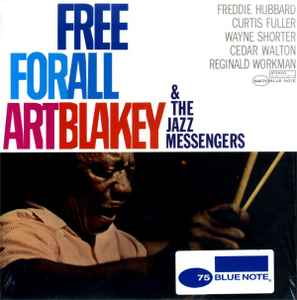
"Free For All" is not only a testament to the band's studio prowess but also an artistic statement supporting the civil rights movement. Blakey's drumming, characterized by raucous shuffles and crescendo press-rolls, reflects the energy and commitment of the musicians. The three-horn format adds depth to head arrangements, creating a powerful listening experience.
- Buttercorn Lady (1966)

During a period of instability for The Messengers, "Buttercorn Lady" introduces a new set of band members, including the experimental Keith Jarrett. Recorded live in California, the album explores diverse influences, from modal jazz to calypso. Blakey's propulsive beat and Jarrett's experimentation make this record a unique and compelling addition to Blakey's discography.
- The London Collection (Vols. 2–3) (1971)
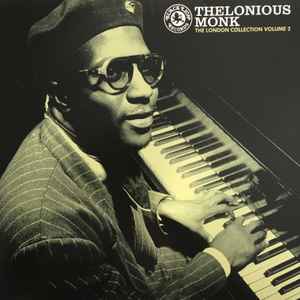
In collaboration with Thelonious Monk, "The London Collection" presents a mature and loose partnership between two jazz icons. Blakey's drumming, showcasing his trademark energy, complements Monk's piano. Recorded during a time when both artists were navigating changing landscapes in jazz, the album features timeless Monk tunes and highlights their enduring musical connection.
Art Blakey, born on October 11, 1919, in Pittsburgh, Pennsylvania, and passing away on October 16, 1990, was an iconic American jazz drummer and bandleader. Also known as Abdullah Ibn Buhaina during a brief conversion to Islam in the late 1940s, Blakey's contributions to the world of jazz are immeasurable.
In the 1940s, Blakey rose to prominence as a pianist before transitioning to drums, capturing attention as the powerhouse in big bands led by Fletcher Henderson and Billy Eckstine. His journey took an interesting turn after a trip to Africa with Eckstine, where he briefly embraced Islam, adopting the name Abdullah Ibn Buhaina.
Blakey's impact on the evolution of jazz is perhaps most profound through his role as the leader of The Jazz Messengers, a group he co-founded with pianist Horace Silver in the mid-1950s. Over the next 35 years, The Jazz Messengers became a legendary incubator for young talent, boasting members who would go on to make significant contributions to the genre.
One of the early Jazz Messengers albums, "A Night at Birdland (Vols. 1–2)" (1954), recorded at the famous Birdland club in Manhattan, marked a historic moment as the first to be recorded at the club for release on record. Featuring Clifford Brown and Lou Donaldson, these volumes showcased the early form of The Jazz Messengers.
In 1957, Blakey collaborated with Thelonious Monk on the album "Art Blakey’s Jazz Messengers with Thelonious Monk," a perfect match of Blakey's dynamic drumming and Monk's unique style. This album captured a rare instance of Monk as a sideman or co-leader, marking a pivotal moment in both musicians' careers.
The album "Moanin’" (1959) stands out as a classic example of hard bop, with the title track by pianist Bobby Timmons becoming a jazz standard. Blakey's encouragement for his colleagues to contribute to the group's repertoire is evident in the album's composition, showcasing the saxophonist Benny Golson.
"Soul Station" (1960) featured Hank Mobley, a former Jazz Messengers member, and marked Mobley's return to the scene. Blakey's drumming in this album was tasteful and intense, showcasing his versatility beyond the candid hard bop style.
"Free For All" (1964) is considered an artistic statement reflecting the musicians' commitment to the civil rights movement. Blakey's drumming, filled with raucous shuffles and crescendo press-rolls, demonstrated his trust in the rhythmic precision of his bandmates.
His drumming style, characterized by an aggressive swing and originality, made him a major figure in modern jazz. Blakey's contribution to the hard bop movement, nurturing young talent through The Jazz Messengers, and his relentless dedication to jazz until his final performances in 1990 solidify his status as a jazz maestro whose impact reverberates through generations. Art Blakey, the 'Thunder' on drums, left an indelible mark on the world of jazz that continues to resonate today.
If you like this check out our article: Best 4 Michael Brecker Albums
